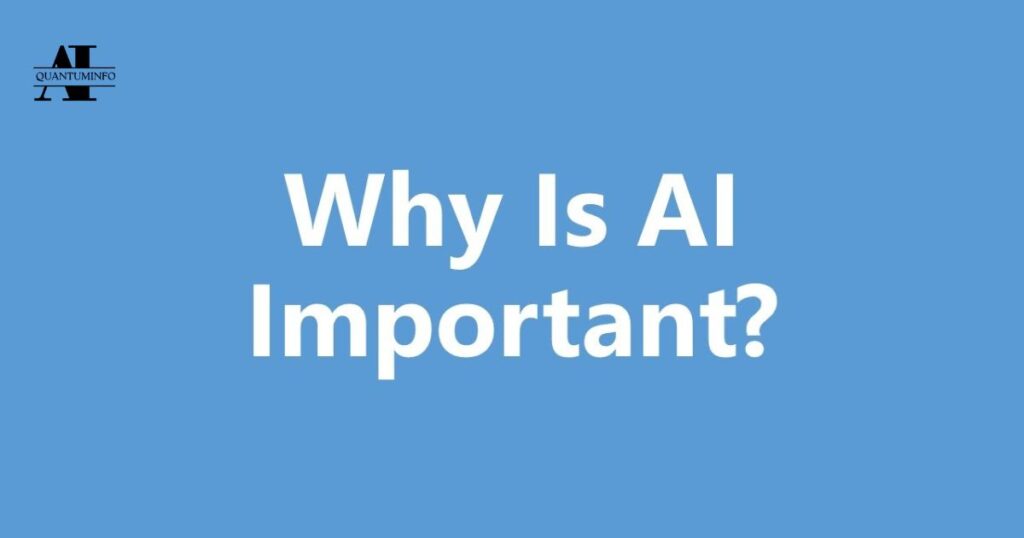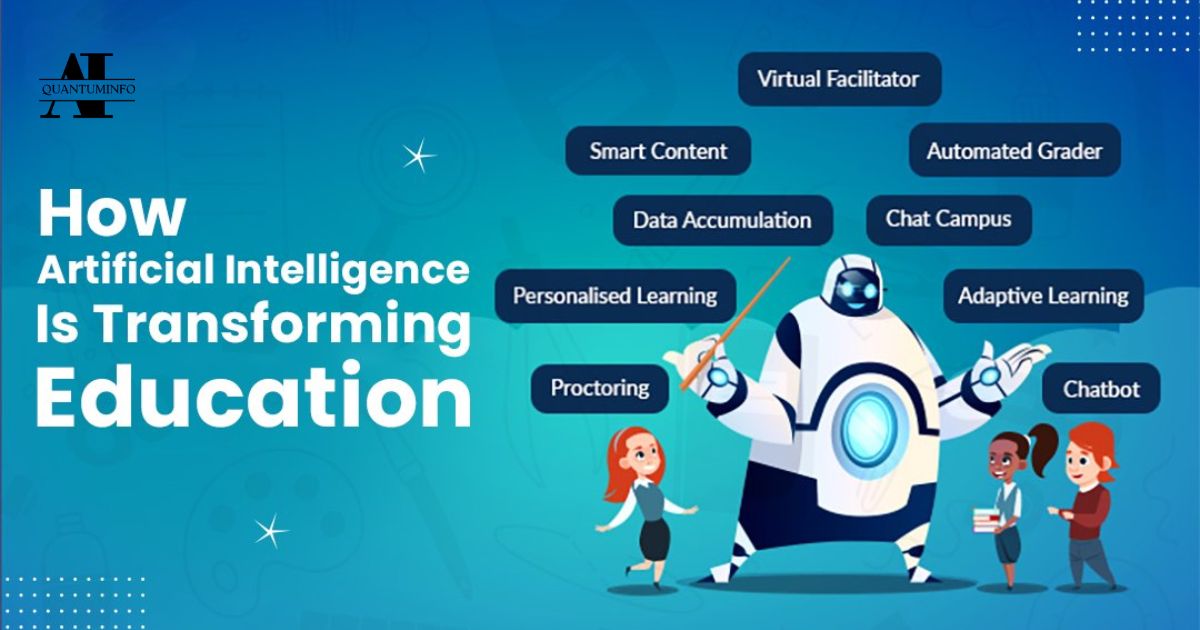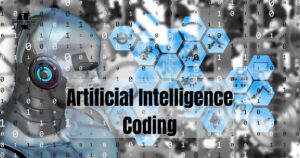Artificial Intelligence (AI) is transforming the way we live and learn. For kids today, understanding AI can be a thrilling adventure that opens up new worlds of creativity and problem-solving. This guide will explore the fundamentals of AI, its applications, and how children can actively engage with this technology. By the end, kids will have a grasp of what AI is and how they can use it to enhance their learning and creativity.
What is Artificial Intelligence?
Artificial Intelligence refers to developing computer systems that can perform tasks typically requiring human intelligence. These tasks include reasoning, learning, problem-solving, understanding natural language, and perception. Imagine a world where machines can think and learn just like humans—this is the essence of AI.
Key Components of AI
To comprehend AI, it’s essential to understand its main components:
- Machine Learning (ML): A branch of AI that allows computers to learn from data. Instead of following strict programming, ML algorithms analyze data patterns to make predictions or decisions. For instance, a program that recommends movies based on your viewing history uses machine learning.
- Natural Language Processing (NLP): This technology enables machines to understand and interact using human language. It powers tools like chatbots, which can converse with users in a more human-like manner.
- Computer Vision: This allows computers to interpret and make decisions based on visual data. Applications include facial recognition systems and self-driving cars that can identify objects in their environment.
Fun Fact:
Did you know that the term “artificial intelligence” was first coined in 1956? Researchers wanted to explore whether machines could think like humans!
Why is AI Important for Kids?

AI is becoming an integral part of our lives. Understanding it can give kids a significant advantage in many areas. Here’s why learning about AI is essential:
- Enhanced Learning: AI can personalize education, adapting to individual learning styles and needs. Educational tools powered by AI can provide tailored exercises, helping students grasp difficult concepts.
- Creativity Boost: AI can help kids unleash their creativity. For example, AI-driven art programs can assist budding artists in experimenting with different styles and techniques.
- Career Opportunities: As AI technology grows, so do job opportunities in fields like data science, programming, and robotics. Familiarity with AI can set kids up for future success.
- Critical Thinking: Learning about AI encourages kids to think critically about technology’s role in society, ethics, and the future.
Table: Benefits of Learning AI for Kids
| Benefit | Description |
| Enhanced Learning | AI adapts to individual learning styles. |
| Creativity Boost | AI tools assist in artistic expression. |
| Career Opportunities | Knowledge of AI opens doors to future jobs. |
| Critical Thinking | Promotes discussion on ethics and technology. |
How Does AI Work?
Understanding how AI operates might seem complex, but it’s quite fascinating. Let’s break it down into simple steps:
1. Data Collection
AI systems thrive on data. Data can come from various sources, including images, text, and user interactions. The more data available, the more effective an AI system can become. For instance, a recommendation engine gathers data from users to suggest movies, books, or music that match their preferences.
2. Training the Model
Once data is collected, it needs to be processed and used to train the AI model. This involves feeding the model vast amounts of data so that it can learn patterns and make predictions. For example, an AI designed to recognize cats in photos needs thousands of cat images to learn what features to look for.
3. Testing and Validation
After training, the AI model is tested using new data it hasn’t seen before. This step checks how well it performs and ensures it can make accurate predictions. If the model struggles, developers may need to adjust the training data or algorithms.
4. Deployment
Once the model is trained and tested, it can be deployed in real-world applications. This could mean integrating it into a chatbot, a game, or a self-driving car.
Case Study: AI in Education
Let’s look at how AI is used in education. Programs like Khan Academy and Duolingo use AI to tailor learning experiences. Khan Academy offers personalized learning dashboards that adapt to each student’s needs, while Duolingo uses AI to adjust lessons based on user performance. This ensures that kids learn at their own pace and grasp concepts effectively.
Real-World Applications of AI for Kids

AI is not just a concept; it has practical applications that kids interact with daily. Here are some exciting examples:
1. Gaming
AI enhances gaming experiences by creating intelligent non-player characters (NPCs) that adapt to player actions. Games like Minecraft use AI to generate worlds and respond to players’ decisions, making each gameplay unique.
2. Learning Tools
Educational apps like Scratch help kids learn coding through interactive games. Scratch incorporates AI elements to make the coding experience engaging and intuitive, allowing kids to create their own animated stories and games.
3. Robotics
Robots like LEGO Mindstorms allow kids to build and program their own machines. These robots use simple AI principles to navigate and complete tasks, fostering both creativity and problem-solving skills.
4. Creative Arts
AI-driven tools like DeepArt allow kids to turn their photos into artwork using different artistic styles. This tool uses neural networks to create stunning images, blending technology with creativity.
Do you Want to Know About Video Quality - Read More
List: Exciting AI Tools for Kids
- Scratch: A coding platform that teaches programming through fun projects.
- Khan Academy: An educational platform that personalizes learning for students.
- Google AI Experiments: Interactive projects that showcase AI in fun ways.
- LEGO Mindstorms: A robotics kit that combines building with programming.
The Future of AI for Kids

As technology evolves, so will the role of AI in education and everyday life. Here are some potential future developments:
- More Personalized Learning: AI will enable even more tailored educational experiences, adapting in real-time to student needs.
- Virtual Reality: Combining AI with virtual reality could create immersive learning environments, allowing kids to explore history or science in interactive ways.
- Smart Toys: Toys powered by AI will become more common, providing engaging learning experiences that adapt to children’s interests and learning speeds.
Final Thoughts
Learning about artificial intelligence for kids opens up a world of possibilities. From enhancing education to fostering creativity, AI is a crucial part of our future. As kids engage with these technologies, they develop skills that will be invaluable in their personal and professional lives. The journey into AI is just beginning, and with it comes the chance to shape the world of tomorrow.









